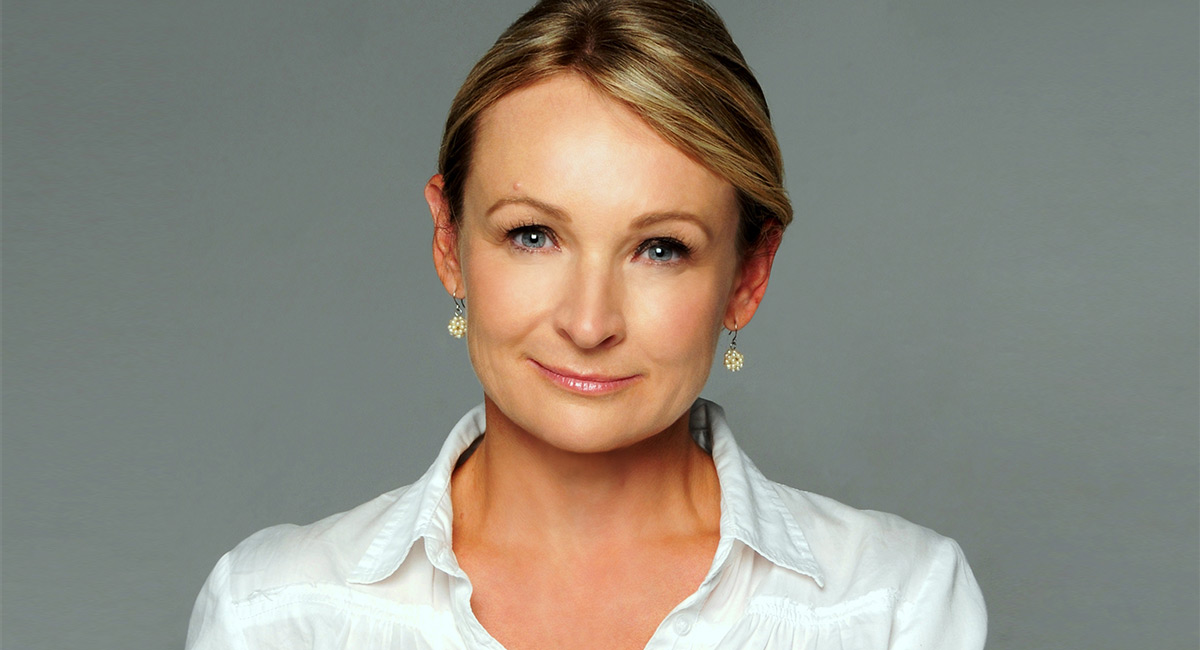It’s been nearly a month since former Bauer Media Australia title Australian Geographic found a new home in Blue Ant Media.
“Bauer had formed a strategy around its core pillars in the last three to four years. It has really been focusing on mass women’s lifestyle. There were a number of parts to the Australian Geographic business that were a slightly odd fit to that,”Australian Geographic publisher Jo Runciman told Mediaweek.
Runciman has been with Australian Geographic for seven years, and moved across to Blue Ant following the acquisition. She worked closely with the senior management team at the German publisher during the negotiation process of the Australian Geographic acquisition. She remained tight-lipped on the financial details of the transaction.
Dick Smith originally funded the Australian Geographic business. It has changed hands a number of times since 1986 and has also been owned by Fairfax Media before ACP Magazines took control of the title in 2006.

Jo Runciman
Under Bauer’s ownership, Australian Geographic worked with Blue Ant Media for the distribution of one of its television series. The new owner of the bimonthly magazine and its associated assets is an international content producer, distributor and channel operator. It includes ZooMoo Networks (International), BBC Earth in Canada, HGTV in New Zealand and more.
Runciman said that David Haslingden, one of the major shareholders at Blue Ant, told her it seemed that the timing was right for Australian Geographic. “He saw a real opportunity in it. Luckily for me, I was invited to go run it,” she said.
The transition has not resulted in any redundancies. Instead, Australian Geographic may be recruiting more heads to join the team. It currently has a core team of about 10 people.
“I was never worried about losing anyone. We had been running the business very efficiently and leanly for some time. We restructured the Australian Geographic business about two years ago. The core team is necessary to create the magazine and the digital content we produce,” Runciman said.
Blue Ant Media doesn’t have a publishing arm locally. However, it has an established print division in Canada. Australian Geographic will be working closely with this part of the business as it establishes a publishing operation for Blue Ant Media in Australia.
Runciman’s main focus in the near future will be ensuring a smooth transition of Australian Geographic from Bauer Media to Blue Ant Media. Eventually, the team will be based out of Blue Ant Media’s Sydney office. However, as it is currently undergoing renovation, the team will continue to operate at its current workspace at the Bauer Media building on Park Street in Sydney.
“The real challenge for us will be looking into the future and seeing what we can do with this brand. The actual magazine business and the digital platforms have been stable for some time so it’s really about looking at the brand’s footprint and seeing what we can do with that,” Runciman said. “Film and documentaries are the obvious places for us to be looking at. We are also in discussions around podcasting at the moment.”
According to the data shared by the title, it has more than 40,000 subscribers, along with “significant” newsstand sales. The magazine has a readership of 540,000.
“Australian Geographic is unique in that 80-90% of the circulation comes from subscribers. It’s very different from the normal Australian magazine market where the majority of the sales come via the newsstands,” Runciman said. “However, we still have the frustrations around the cost of sending magazines around this enormous country.
“In that sense, the newsstand copies are very important to us. It’s a way for us to reach out to new readers and get the brand exposed to new people.
“We are always looking to grow the core of the business. It’s really important to us, because that’s where our steady base is. We use that as a platform to launch new products like events.”
The readers of Australian Geographic come from all walks of life. Runciman likes to describe them as “lifelong learners”.
“They are interesting and interested in everything,” she said. “Their age and socio-economics don’t matter – they come from a particular mindset.”
